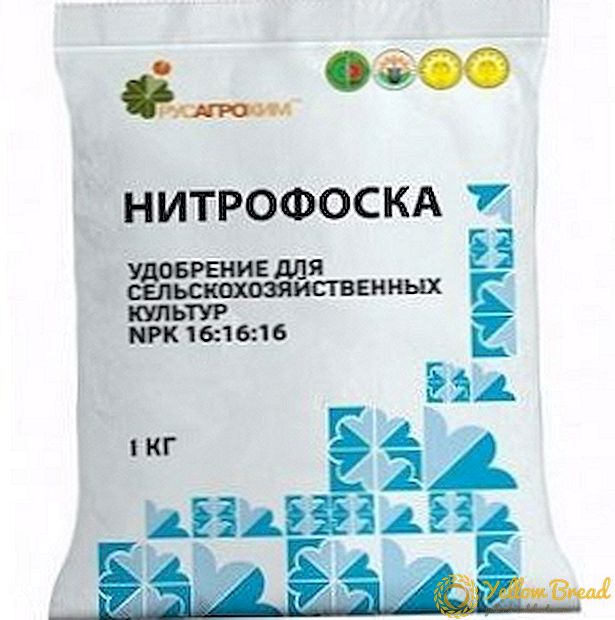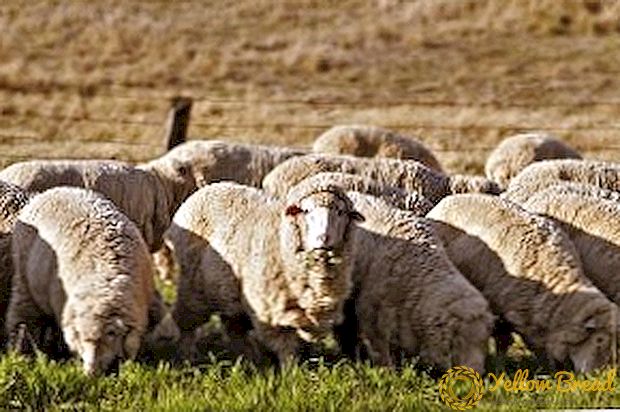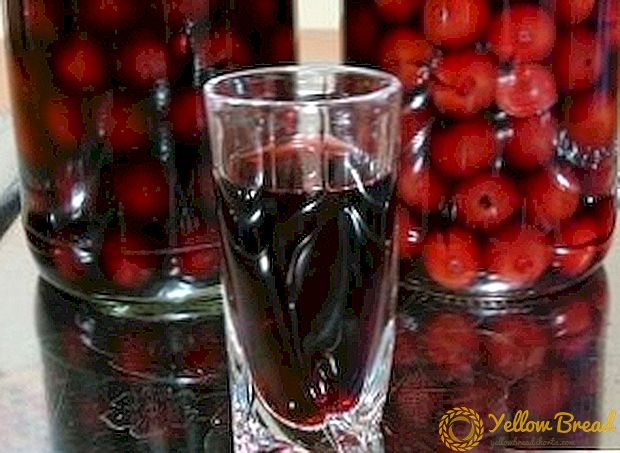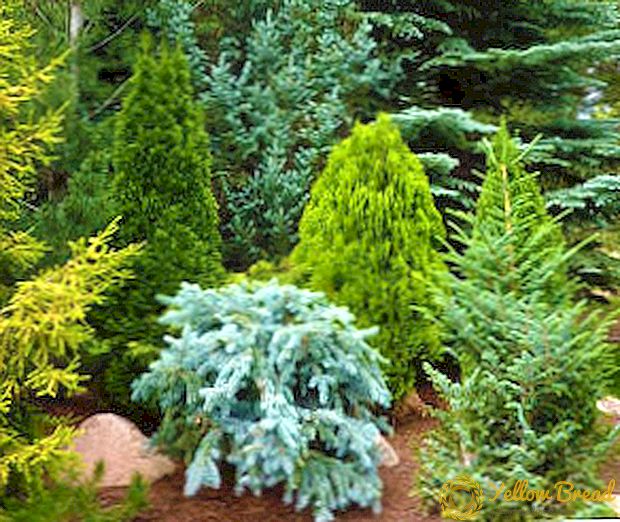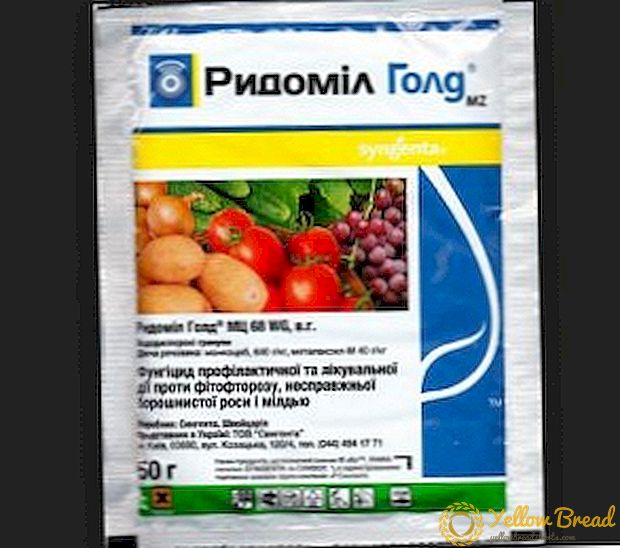 Hippeastrum - a charming beauty flower that came to us from Central America. In Greek, the name of the plant means “star of the knight”. Due to its extraordinary beauty, the flower is widely popular among florists. This article describes the most sophisticated, interesting types of hippeastrum and especially its varieties.
Hippeastrum - a charming beauty flower that came to us from Central America. In Greek, the name of the plant means “star of the knight”. Due to its extraordinary beauty, the flower is widely popular among florists. This article describes the most sophisticated, interesting types of hippeastrum and especially its varieties.
- Hippeastrum Leopold (Nippeastrum leopoldii)
- Hippeastrum spotted (Nippeastrum pardinum)
- Hippeastrum parrot-shaped (Nippeastrum psittacinum)
- Hippeastrum royal (Nippeastrum reginae)
- Hippeastrum reticulum (Nippeastrum reticulatum)
- Hippeastrum reddish (Nippeastrum striatum / striata / rutilum)
- Hippeastrum reddish variety pointed (Hippeastrum striatum var. Acuminatum)
- Hippeastrum graceful (Hippeastrum elegans / solandriflorum)
- Hippeastrum striped (Hippeastrum vittatum)
- Hippeastrum reddish (Hippeastrum striatum var fulgidum)
Hippeastrum Leopold (Nippeastrum leopoldii)
 Varieties of hippeastrum include about 80 varieties. Leopold's hippeastrum was isolated in a separate species as early as 1867. Under normal conditions found in Peru and Bolivia.
Varieties of hippeastrum include about 80 varieties. Leopold's hippeastrum was isolated in a separate species as early as 1867. Under normal conditions found in Peru and Bolivia.
The bulb of this variety has a round shape, it reaches 8 cm in size. Several inflorescences grow from one bulb. The leaves are long, resemble the shape of a belt rounded off at the tip, reach 50 cm in length, and up to 3-4 cm in width.
Two flower heads are made from one stem.The head of the flower is large, with a diameter of up to 20 cm, is represented by five or six petals. The shape they resemble the petals of lilies, but a little longer and narrower.
The middle of the flower is light green, the petals are brown in the center, and framed by white stripes along the edges and at the base. Flowers of this variety of rare beauty, due to the uncomplicated combination of brown color with white stripes, it seems that they are velvet.
Blossom in the fall. Reproduction occurs by dividing the onion. The main rules of care include:
- good lighting;
- frequent watering during flowering;
- during the rest period watering is moderate;
- water for irrigation - room temperature;
- The bulbs must be protected from water.
- once every two weeks it is necessary to fertilize (from the moment of bud formation until the leaflets dry up);
- transplantation is carried out in the period of rest (August).
Hippeastrum spotted (Nippeastrum pardinum)
This variety is also called leopard. Hippeastrum has a large shape and long leaves that reach up to 60 cm in length, and up to 4 cm in width. The plant can reach half a meter in height.Two flower heads emerge from the stem.  Heads of flowers are large, up to 20 cm in diameter. Usually consist of six large, wide petals, pointed at the ends. Color petals varied:
Heads of flowers are large, up to 20 cm in diameter. Usually consist of six large, wide petals, pointed at the ends. Color petals varied:
- red;
- pink;
- Orange;
- lime;
- crimson;
- brown.
Flowers are rarely monochromatic, in most cases they combine pink and white, brown and light green, red and white, orange and light green. Among monochrome representatives most often there are red, orange and lime.
Hippeastrum parrot-shaped (Nippeastrum psittacinum)
Exotic Brazil is considered the birthplace of this plant. Distinctive characteristics of this variety, in addition to the shape of flowers, are: the length of the plant, which reaches up to one meter, the grayish-green color of the leaves, the number of peduncles on the stem. The leaves have a belt-like shape typical for hippeastrum up to 50 cm long. Unlike the previously described species, the parrot-shaped hippeastrum has abundant flowering. From one stalk goes up to four flower heads. Flowers may have five to six petals oblong.
Unlike the previously described species, the parrot-shaped hippeastrum has abundant flowering. From one stalk goes up to four flower heads. Flowers may have five to six petals oblong.
The main difference of the variety is the bright motley color of the petals. The middle can have a red or light green color. The edges of the petals are usually red or brown with white or yellowish, light green stripes in the center. It blooms in spring.
Hippeastrum royal (Nippeastrum reginae)
The home of this species is Central America and Mexico. The leaves are linear with a rounded tip. Their length is up to 60 cm, width is up to 4 cm. Up to four flower heads come out of one stalk. The flower head is in the shape of an asterisk with six broad petals pointed towards the end. Petals monochrome, have a charming rich color. The most common red, brown, orange colors. The center can be white with a light green tinge or dark red.It blooms in winter and autumn periods.
The flower head is in the shape of an asterisk with six broad petals pointed towards the end. Petals monochrome, have a charming rich color. The most common red, brown, orange colors. The center can be white with a light green tinge or dark red.It blooms in winter and autumn periods.
Hippeastrum reticulum (Nippeastrum reticulatum)
The variety comes from Brazil. The plant reaches 50 cm in height. Leaves take up to 30 cm in length, and up to 5 cm in width. Three to five flower heads emerge from the stem. Distinctive features of the variety are:
- the presence in the center of the leaves of the white band, which is located almost the entire length of the leaf;
- large flower heads of charming pink-red or white-pink shades;
- nice smell.

 Over the main color petals along the entire length are densely pierced with thin lines, respectively, pink or white. Flowers look tender and graceful. It blooms in autumn until the beginning of winter.
Over the main color petals along the entire length are densely pierced with thin lines, respectively, pink or white. Flowers look tender and graceful. It blooms in autumn until the beginning of winter.Hippeastrum reddish (Nippeastrum striatum / striata / rutilum)
 Under normal conditions it grows in wooded areas of Brazil. Hybrids are produced as indoor plants. This is one of the smallest representatives of the Hippeastrum. It reaches a height of only 30 cm.
Under normal conditions it grows in wooded areas of Brazil. Hybrids are produced as indoor plants. This is one of the smallest representatives of the Hippeastrum. It reaches a height of only 30 cm.
Leaves about 50 cm long, about 5 cm wide, have a light green color. From one stem can depart from two to six flower heads.
The flower head is represented by six long, thin (about 2 cm wide) petals. The middle is light green, has the shape of an asterisk, and the petals have a rich red tint. It blooms in winter and springtime.
- Hippeastrum striatum var. Acuminatum (yellow-red flowers);
- Citrinum (different lemon-yellow color of flowers);
- Fulgidum (different oval petals that have a bright red velvet color);
- Hippeastrum striatum var. Rutilum (crimson flowers with a green center).
Hippeastrum reddish variety pointed (Hippeastrum striatum var.acuminatum)
This gippeastrum is a type of reddish variety. It differs from Nippeastrum striatum in height, shape and color of petals. In height, the plant can reach from half a meter to a meter. Of the one stalk often leaves 4-6 flower heads, rarely two.  Flowers are larger than the main species, pointed at the end. The leaves of this variety have a belt-like form, from 30 cm to 60 cm long, and from 4 cm to 5 cm wide. Petals have a yellow-red shade, the middle is represented by a light green "asterisk". Pleases bloom in winter and spring.
Flowers are larger than the main species, pointed at the end. The leaves of this variety have a belt-like form, from 30 cm to 60 cm long, and from 4 cm to 5 cm wide. Petals have a yellow-red shade, the middle is represented by a light green "asterisk". Pleases bloom in winter and spring.
Hippeastrum graceful (Hippeastrum elegans / solandriflorum)
The plant reaches up to 70 cm in length. Outwardly very similar to lilies. Leaves of the strap-like form, up to 45 cm long and 3 cm wide. Four flower heads depart from one stem. Petals are large, oval-shaped, with a point toward the end. The length of the petals can reach 25 cm.  The flowers of this variety have white-yellow and yellow-green shades, can be covered with purple specks or red thin stripes. The middle is light green. It blooms in January and all spring.
The flowers of this variety have white-yellow and yellow-green shades, can be covered with purple specks or red thin stripes. The middle is light green. It blooms in January and all spring.
Hippeastrum striped (Hippeastrum vittatum)
This variety has very beautiful flowers. It differs from other species by the arrangement of the petals. In total, there are six of them on the head, and they are placed as two mirrored triangles.  In height, the plant reaches from 50 cm to one meter. The leaves have a bright green color, oblong with rounded ends. In length reach 60 cm, and in width - up to 3 cm. From one stem departs from two to six flower heads.
In height, the plant reaches from 50 cm to one meter. The leaves have a bright green color, oblong with rounded ends. In length reach 60 cm, and in width - up to 3 cm. From one stem departs from two to six flower heads.
Petals are oval, white with cherry or red stripes along the edges and center, pointed at the end. It blooms in the summer.
Hippeastrum reddish (Hippeastrum striatum var fulgidum)
 This variety is a variation of the Hippeastrum striatum. It differs from the main species in the width of the leaves, the color of the petals and the larger bulb, which in the process of plant development produces lateral onions (the plant reproduces them).
This variety is a variation of the Hippeastrum striatum. It differs from the main species in the width of the leaves, the color of the petals and the larger bulb, which in the process of plant development produces lateral onions (the plant reproduces them).
Petals of this species, unlike Nippeastrum striatum, have an oval shape and reach about 10 cm in length and 2-3 cm in width. The flowers have a charming bright red color.The middle is green in the shape of an asterisk.
Hippeastrum is represented by many species. The article gives a general idea of what happens gippeastrum, and considered its most popular, beautiful varieties.
From the above information, we can conclude that the plant species differ in height, stem length, size and color of flowers, as well as the flowering period. Otherwise, they are similar.

